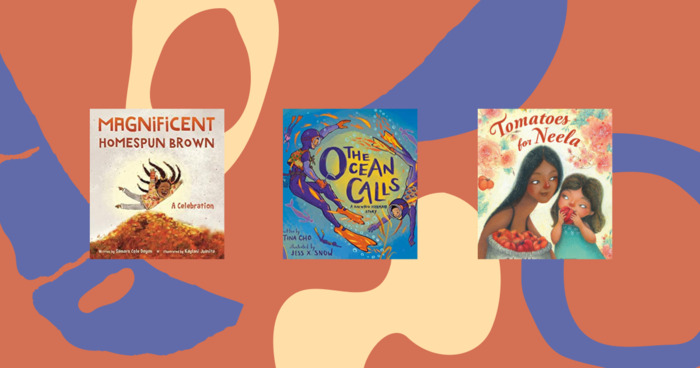Old Fat Baby Old Fat Man Dressed Like Baby

See a Problem?
Thanks for telling us about the problem.
Friend Reviews
Community Reviews



The plot is simple and direct, beginning by immediately setting the time and place ("once" is the time, place is implied through the illustrations). Straight away the main character (a "greedy old fat man") and conflict ("still he was hungry") are presented. Throughout there is repetition ("Old man, wh Galdone's The Greedy Old Fat Man begins with little cultural background or citation for the story, only providing "An American folk tale retold and illustrated by Paul Galdone." on the title page.
The plot is simple and direct, beginning by immediately setting the time and place ("once" is the time, place is implied through the illustrations). Straight away the main character (a "greedy old fat man") and conflict ("still he was hungry") are presented. Throughout there is repetition ("Old man, what makes you so fat?," "I ate ..., and I'll eat you, too, if I can catch you," and "He chased after the..., and caught him, and ate him. And then he went on till he met..."). The story builds upon the idea of the old fat man eating everyone and everything in sight up until the very end of the story (Kiefer, 2010, pp. 233-234).
Throughout the text, the story propels itself forward, as it is a cumulative tale. An action is introduced ("...I'll eat you, too, if I can catch you!") and then carried out ("So he chased after the...and caught him, and ate him."). Also, the size of, and motion with the images encourages the reader to continue on with the rest of the story. The repetition of the text (as noted above) is in keeping with oral traditions in that the sentences are short and repetition is a key element. Also, the narration is presented in third-person (Kiefer, 2010, p. 251). The animals speak throughout the text, thus making it a beast tale (Kiefer, 2010, p. 236).
The illustrations reflect the traditional "American landscape" that reminds me of that presented in Little House on the Prairie and the other books by Laura Ingalls Wilder. They present green fields and prairies, log cabins, gardens, green trees (specifically oak trees with acorns), fences, flowers, mountains in the background, animals found in the United States (dogs, foxes, cats, rabbits, and brown squirrels).
The approach to communication between the characters in the story is direct and avoids using formal titles like "Sir," "M'am," "Mr.," or "Mrs." There is a sense of independence in the characters, as they speak directly to the big old man. Also, the story is presented in a very linear sequence ("So he chased after the..., and caught him, and ate him. And then he went on till he met a little..."). The clever little squirrel's line at the end, "I'm out, too, because I wasn't ever in!" demonstrates an American sense of independence along with the enjoyment of having outwitted the story's villain (Erickson, n.d.).
On the surface, this story is simply a silly tale of a greedy old man who ate everything and everyone around him. Upon further examination, however, the moral of the story is to not be greedy. Those who are greedy are apt to encounter misfortune; a similar interpretation might be that good triumphs over evil.
Erickson, J. (n.d.). Comparing cultural norms and values. EDC 210--Diversity in the schools, Augsburg College. Retrieved October 2, 2010, from http://www.augsburg.edu/home/educatio...
Galdone, P. (1983). The greedy old fat man. New York: Clarion Books.
Hearne, B. (1993). Cite the source. School library journal, 39(7), 22-27.
Hearne, B. (1993). Respect the source. School library journal, 39(8), 33-37.
Kiefer, B. Z. (2010). Charlotte Hick's children's literature. (10th ed.). Boston: McGraw-Hill Higher Education.
MacDonald, M. (2001). The storyteller's sourcebook: A subject, title, and motif index to folklore collections for children, 1983-1999. Detroit: Gale Group.
McGraw-Hill Higher Education. (2010). Evaluation guides. Retrieved October 2, 2010, from http://highered.mcgraw-hill.com/sites... ...more

his stomach never gets full




















He illustrated nearly all of Eve Titus' books including, Basil of Baker Street series which was translated
Paul Galdone (1907 - November 7, 1986) was a children's literature author and illustrator. He was born in Budapest and he emigrated to the United States in 1921. He studied art at the Art Student's League and New York School for Industrial Design. He served for the US Army during world War II.He illustrated nearly all of Eve Titus' books including, Basil of Baker Street series which was translated to the screen in the animated Disney film, The Great Mouse Detective.
Galdone and Titus were nominated for Caldecott Medals for Anatole (1957) and Anatole and the Cat (1958). The titles were later named Caldecott Honor books in 1971.
He died of a heart attack in Nyack, New York. He was posthumously awarded the 1996 Kerlan Award for his contribution to children's literature. His retellings of classic tales like The Little Red Hen or Three Billy Goats Gruff have become staples.
...moreRelated Articles

Welcome back. Just a moment while we sign you in to your Goodreads account.

Old Fat Baby Old Fat Man Dressed Like Baby
Source: https://www.goodreads.com/book/show/3507175-the-greedy-old-fat-man
0 Response to "Old Fat Baby Old Fat Man Dressed Like Baby"
Post a Comment